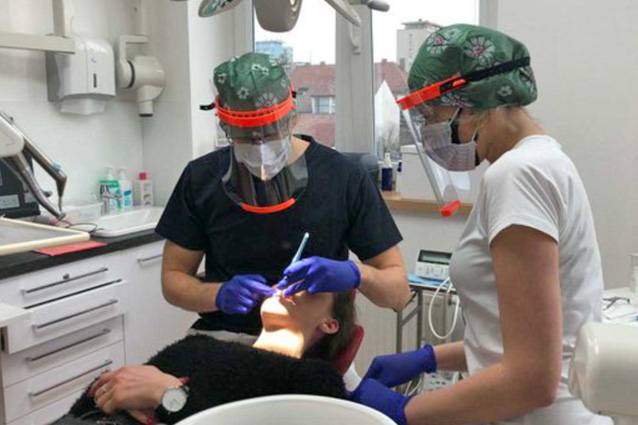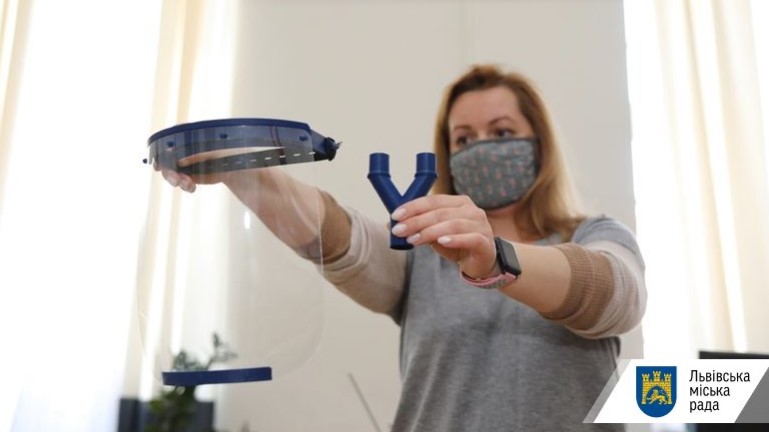DIY makers come to the rescue of medicine
The COVID-19 pandemic has shown the importance of paying attention to the development of science, medicine, as well as engineering and making. Now, during an acute shortage of medical protective equipment and intensive care, inventors and enthusiasts from around the world are contributing to the fight against the disease. So when a new coronavirus infection came to Italy, Italian hospitals faced a catastrophic influx of patients with COVID-19 in serious condition. One of these hospitals spent all the valves for ventilators. Turning directly to the supplier to agree on an urgent delivery of a new batch, the administration received a negative answer: the company was not able to arrange the supply of valves in a short time.
Then a group of Italian volunteers decided to use a 3D printer in order to print unofficial copies of the patented valve. The Italians emphasized that an official product is the best long-term solution, but at the moment, hospitals can use their printed alternative to save lives.

The Czech company Prusa, which owns the world’s largest 3D printing company with more than 500 printers, has begun mass production of protective guards for doctors. Prusa has already donated nearly 10,000 plates to the Czech Ministry of Health, producing about 800 copies per day.
“The materials needed to produce one unit cost less than a dollar, and this is without any discounts on the purchase,” says Josef Pruš, founder of the company.

The manufacture of such protective shields and respirators is carried out by volunteers from around the world. In Lviv, startups have launched 3D printing of masks and adapters for mechanical ventilation. Technological laboratory Tech LabInno in Lviv Polytechnic will print protective medical masks on a 3D printer. Such masks are suitable for reusable use and are disinfected.
“We are completely making protective masks. We print plastic frames on a 3D printer, cut the protective screens with a laser, and fix the rubber gate valves,” the polytechnic says.

Unfortunately, in Ukraine, hospitals are not provided with the medical equipment necessary for treating patients with severe forms of acute respiratory infections, and there is a catastrophic lack of mechanical ventilation devices. But it turns out that in medicine there is a time-tested method that does not require the use of expensive equipment, which can be used to save the lives of many seriously ill patients with coronavirus infection. It is called bubbly CPAP (Constant Positive Airway Pressure, CPAP) – a mode of mechanical ventilation, best known for the treatment of sleep apnea syndrome. It is also used to treat various types of respiratory failure through invasive and non-invasive ventilation.
CPAP therapy and the CPAP apparatus were proposed and put into clinical practice in 1981 by an Australian physician, Professor Colin Sullivan for the treatment of obstructive sleep apnea. Also, this method of artificial lung ventilation is used as part of complex ventilators to prevent damage to the lung tissue by excessive pressure during prolonged ventilation.
At the end of March, a professor of medicine from Kharkiv, Volodymyr Korsunov, turned to Ukrainian businessmen with a request to help in the manufacture of plastic bags and valves necessary for applying this method. Yesterday, April 6, the first batch of packages was sent to one of the hospitals in the Kherson region.
Volodymyr Korsunov – MD, professor, professor of the Department of Pediatric Anesthesiology and Intensive Care, Kharkiv Medical Academy of Postgraduate Education of the Ministry of Health of Ukraine
“The method of bubble CPAP is simple: a special plastic bag is put on the patient’s head and is tightly tied around the throat with an elastic tape so that the air does NOT leak outward (without crushing arteries and soft tissues), says Professor Vladimir Korsuno, head of the department of the Kharkiv Medical Academy of Postgraduate Education in. – Two tubes are attached to the bag. According to one of them, a respiratory mixture is supplied under pressure (air with a high oxygen content or pure oxygen). The second tube serves to ensure that the patient exhales air through it into a container filled with water. We successfully applied this method many years ago when an intensive care system for children was created in Ukraine. Then bubble CPAP helped us save the lives of many young patients. The epidemic of coronavirus infection makes him return to it. After all, it may turn out that there will not be enough ventilation apparatus available in Ukraine. The method of using a plastic bag will give a real chance for many seriously ill patients to survive a critical period of the disease. If this method does not produce the desired effect, the patient will still need to be connected to the ventilator.


